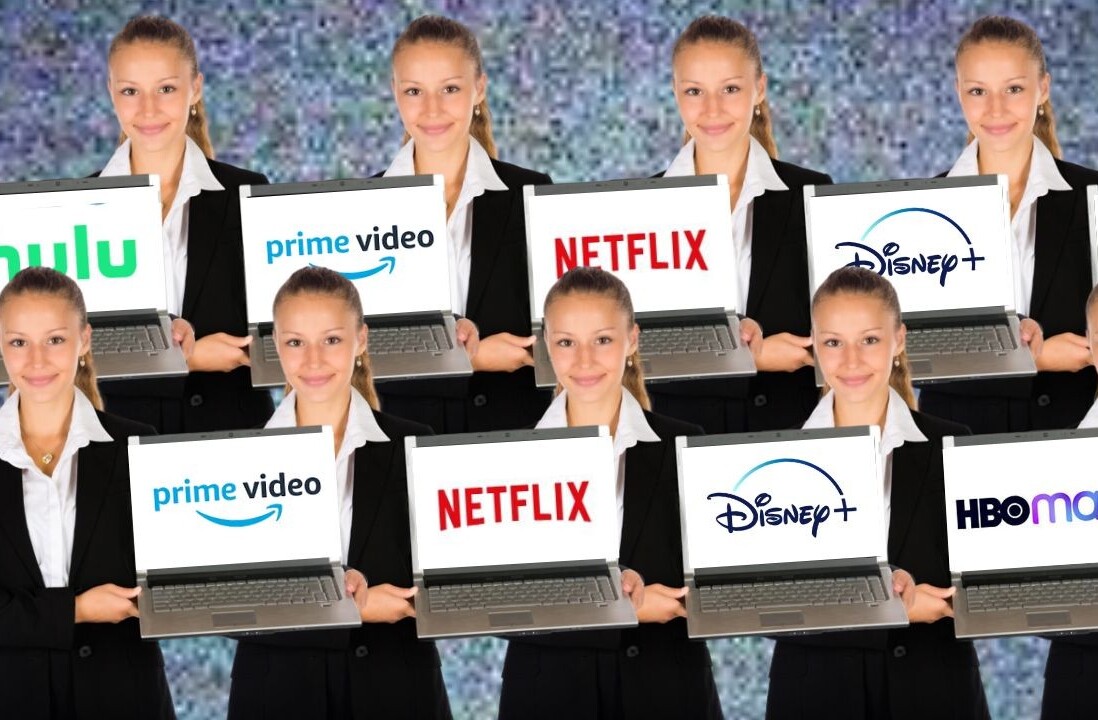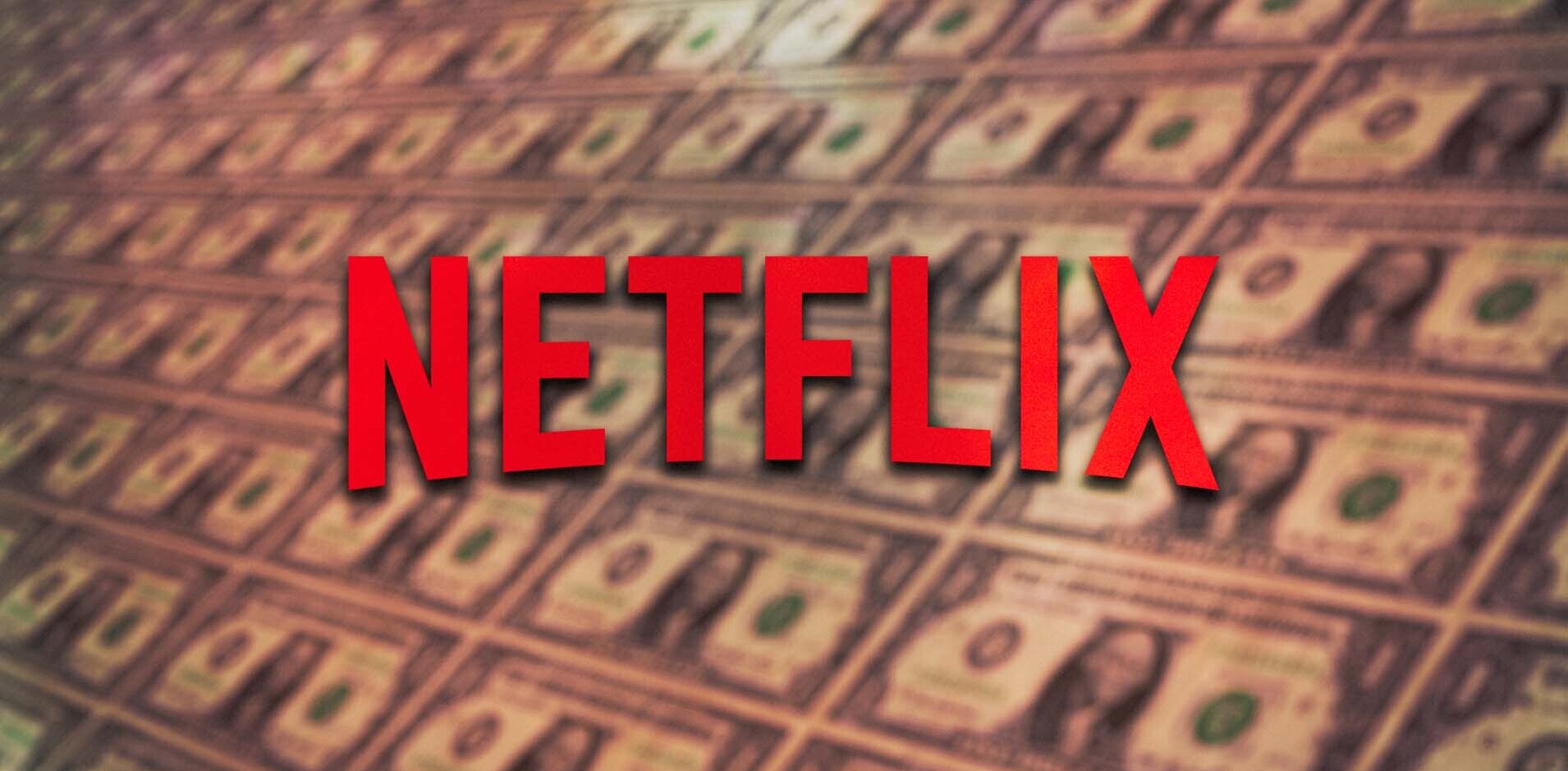After announcing its presence in over 130 new markets early this year, Netflix has truly become a global content company.
That is not to say it’s been easy for Netflix to adjust its services to meet the needs of developing markets with varying maturities, while still maintaining success in more developed areas. Balancing efforts in markets with differing needs is something that not many tech companies have been able to achieve due to three main challenges – lack of financing, straggling technology, and cultural differences.
Netflix has successfully taken a localized approach to better meet the needs of its customers across the globe to confront these obstacles.
With more advanced markets quickly reaching their saturation points and consumer acquisition becoming more challenging than ever before, tech brands need to focus on adjusting their services to capture the interest of more than three billion consumers in high-growth markets.
Adopt differential pricing policies
According to the Global Findex data set, access to financial services in low-income countries is at a severe disadvantage compared to developed regions.
In these growth regions, only around two percent of the population has a credit card and seven percent a debit card.

This is a challenge that service providers need to address in order to provide offerings in these regions, especially given that they are accustomed to these being the most common forms of payment in Western regions.
Netflix has been able to set an example for many companies, especially when it comes to financial hurdles. While it has yet to find an approach that works for markets that have low credit card penetration, they have seen success by offering services at different price points in different markets. In the US, a monthly subscription for streaming services costs $7.99 per month.
In contrast, a basic Netflix plan in Japan costs only 650 yen ($5.72) while the same plan in Switzerland costs CHF 14.90 ($14.90). By offering varying pricing depending on the specific market, Netflix is more readily adopted.
Tech companies need to consider this tiered pricing method as they consider expansion into high-growth markets.
Invest in mobile delivery and form local technology alliances
In terms of technological challenges, mobile is the main form of Internet access for many consumers across the globe but it is important to consider that Wi-Fi is limited in developing markets and data costs are very expensive.
Not only is connection speed much slower, operating at around 10Mbps in Brazil and at around 2.5Mbps in Nigeria, (compared to 30Mbps in the US), but 61 percent of consumers report it to be patchy and unreliable.

Technology is a challenge that Netflix still has to address as it expands globally. As a video streaming service, data usage is extremely high by nature and, in many developing markets, the cost to stream Netflix is higher than the monthly subscription fee.
Knowing this, Netflix established its own content delivery network, Open Connect, to bolster the delivery of videos and help local Internet providers lessen the data burden.
Technology brands need to be on mobile because it is the most accessible medium for consumers in high-growth markets and they should consider teaming up with local network operators in order to best reach consumers.
Tailor content for local markets
It’s not only data heavy content that will struggle with expansion in developing markets.
Content that is not highly localized in regards to context and language will encounter cultural challenges. The 2016 mobile commerce market research study conducted by Upstream and YouGov, shows that 76 percent of consumers in developing markets note the importance of mobile content being offered in their local language.

Netflix has been one of the few major digital brands to understand the importance of providing culturally relevant content, as seen when executives announced plans to release Bollywood content ahead of its launch in India. However, it seems that it has fallen short in making shows from each region available in their respective countries.
It’s reported that US subscribers enjoy around six times as much content compared to viewers in other countries.
In order to seize the digital opportunity in high-growth markets, Netflix and other technology brands will need to extend their efforts in providing localized content that is targeted and culturally relevant to each specific market they enter.
As we examine Netflix’s best practices, it’s vitally important for companies to remain flexible when looking towards high-growth markets.
As with any launch in a new market, there are always new hurdles to overcome. Though they may be more complex with tech offerings in markets that are still developing as far as technology itself is concerned, there are strategies that can help alleviate some of the challenges.
Adjusting pricing, technology, and content to fit the needs of the consumers in each market will help companies find success.
While Netflix hasn’t found perfect solutions to all of these challenges, it has made leaps and bounds to adjust its services to meet the needs of consumers in these markets. Ultimately, when technology brands can understand the behaviors of these new potential consumers, they will find a better chance at success in high-growth markets.
Get the TNW newsletter
Get the most important tech news in your inbox each week.





